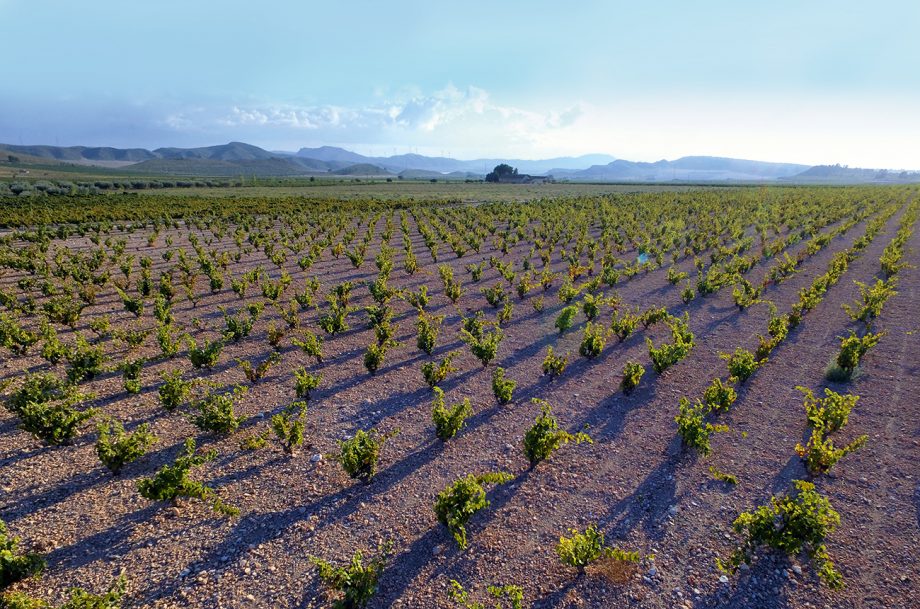Promotional feature
Undulating plains of sand-coloured earth are broken up by neatly striped rows of vines and stippled with olive groves. A solitary windmill sites in the windswept fertile plateau, the horizon stretching into the blue distance, where hills are dotted with their 21st century equivalent, wind turbines. Add abundant castles picturesquely ruined, plus a dearth of tourists and it’s Spain as Cervantes might have seen it. Welcome to Jumilla.
Firstly, let’s get the pronunciation right – who-ME-ah. Next, you need to know where it is, exactly. Head south out of Madrid, over the flat plains of La Mancha, until you see the mountains of Tobarra – this is where the Jumilla Destination of Origin (DO) starts, in a high altitude valley flanked by the towns of Alicante, Albacete and Murcia, about 50 miles inland from the Mediterranean coast.

It’s hot here – extremely hot. But the nights are cool, thanks to its significant elevation above sea level, which means that the grapes can rest and retain that sought after freshness. And what grapes – or rather one grape in particular, Jumilla is Monastrell country.
Monastrell is a late-ripening variety (more of which later), which thrives in the heat here and produces wines that range from lively and fruity, to stunningly complex. And here’s the best bit – prices are generally very reasonable.
Another thing worth knowing: in many of Jumilla’s vineyards Monastrell vines remain ungrafted (that is, on their own roots), phylloxera never having penetrated the limestone soils here, thanks to all that sun, combined with low humidity, and that mountain range, which acts as a barrier. Put all of this together and a picture starts to emerge of Jumilla as an exciting, blossoming wine region – one to watch.
Sign up to our Newsletter to receive news about Jumilla’s campaign in the US

Copyright 2021 © All rights Reserved. Design by Desembarco Llc